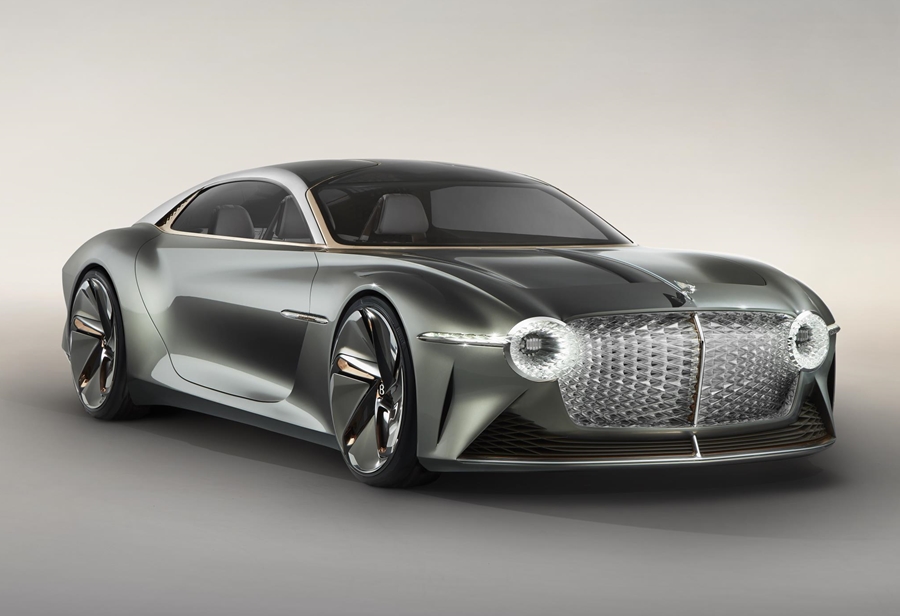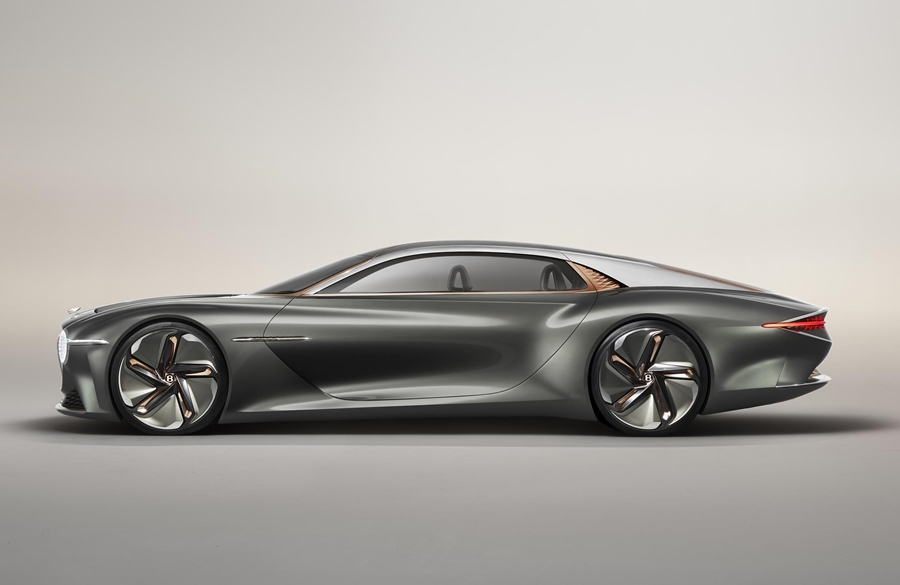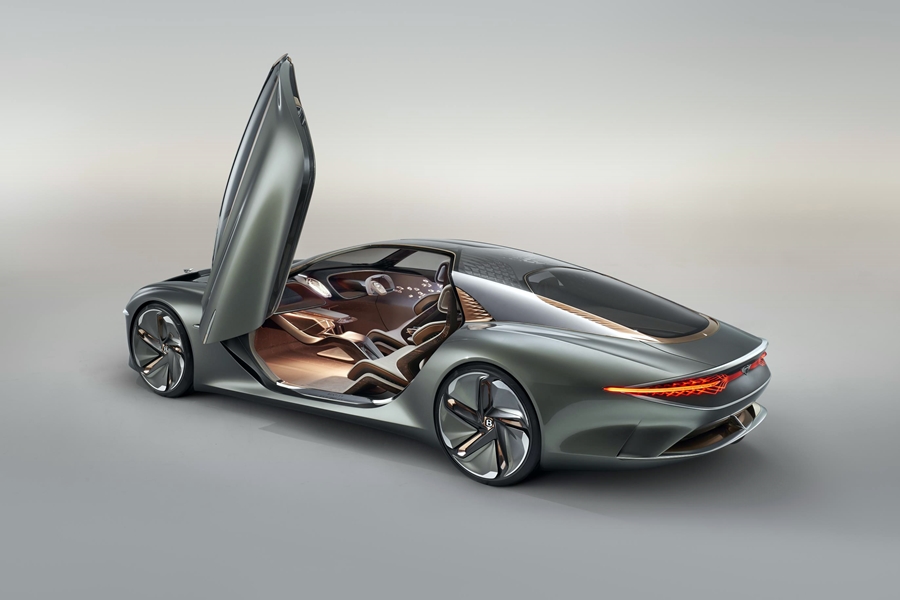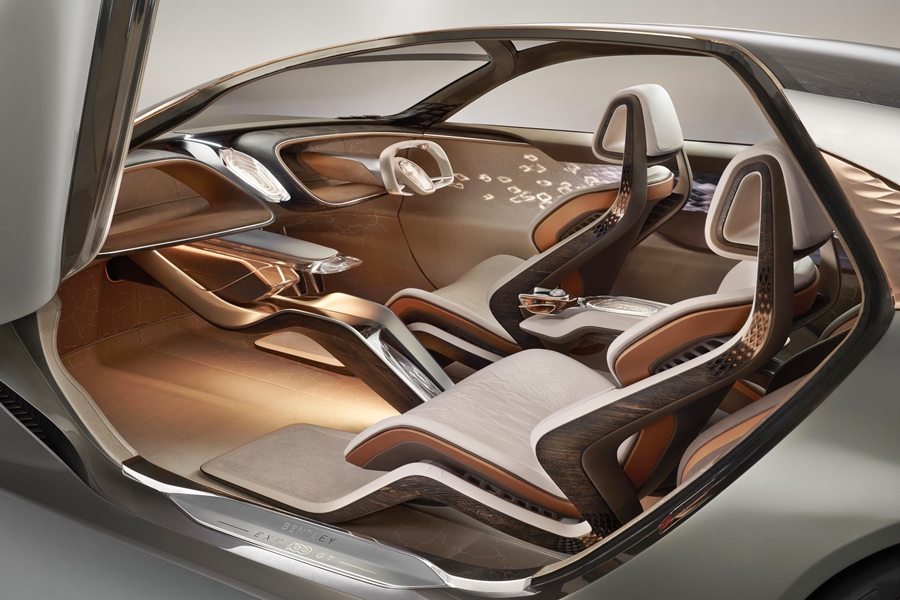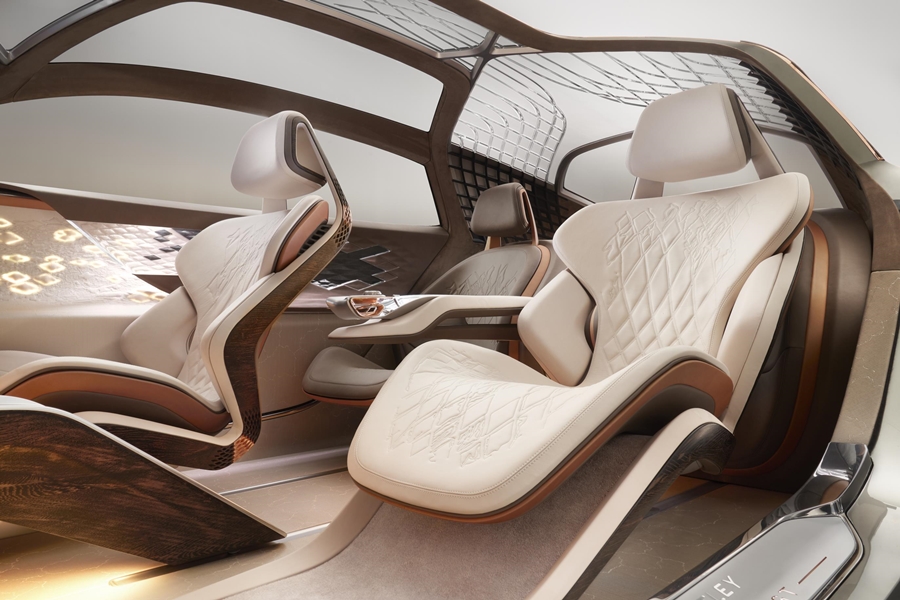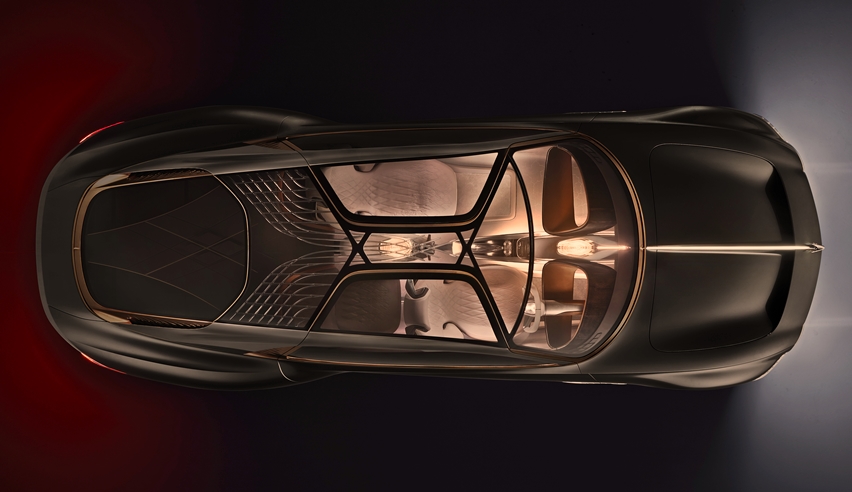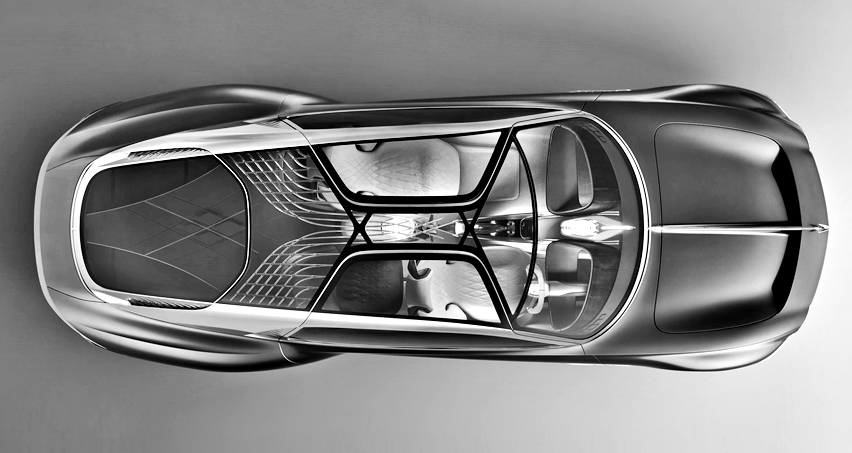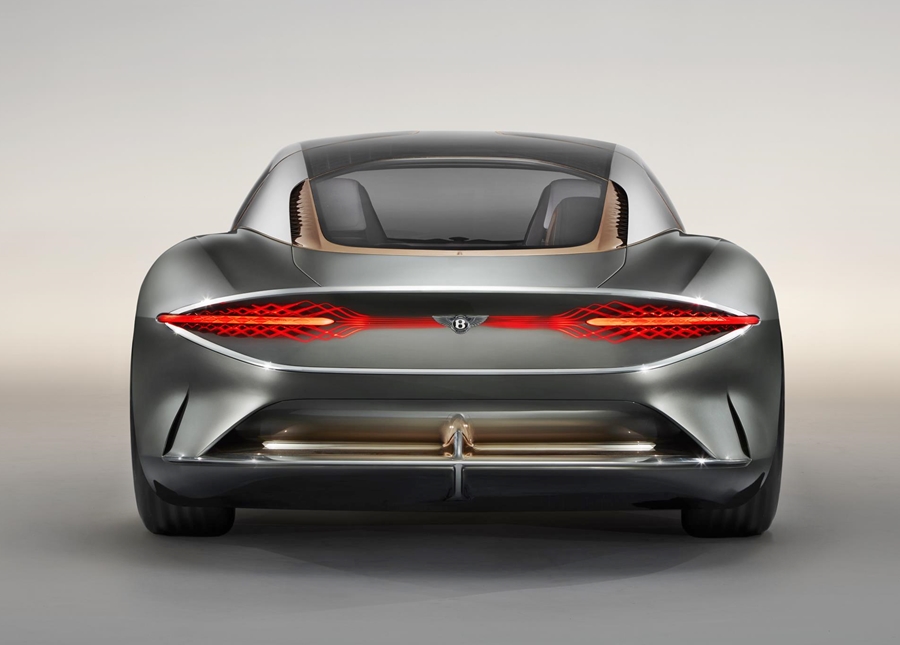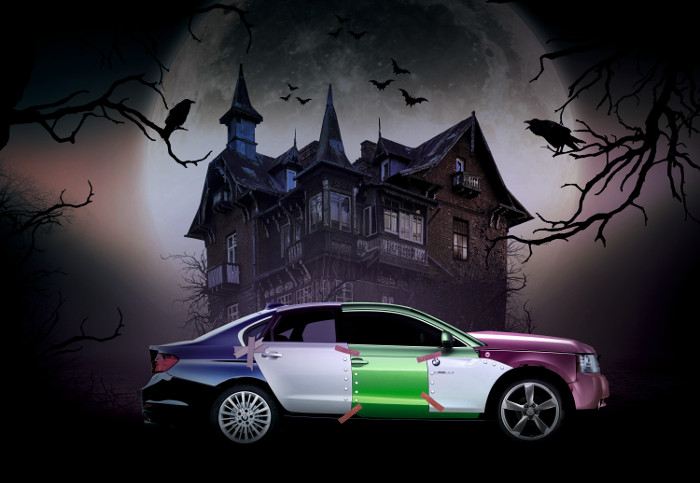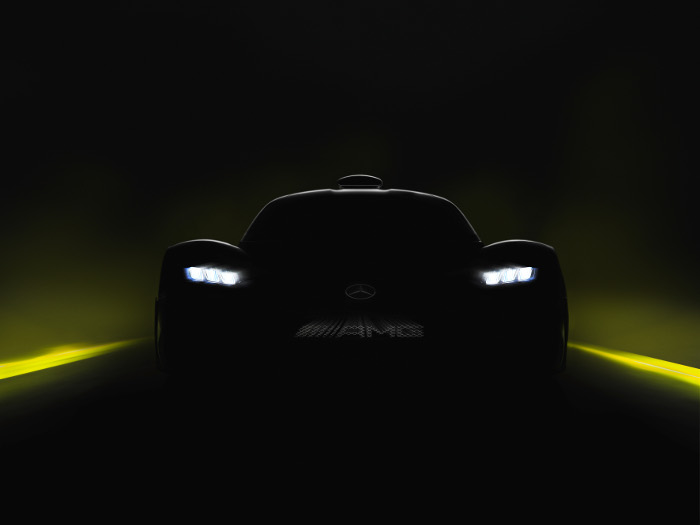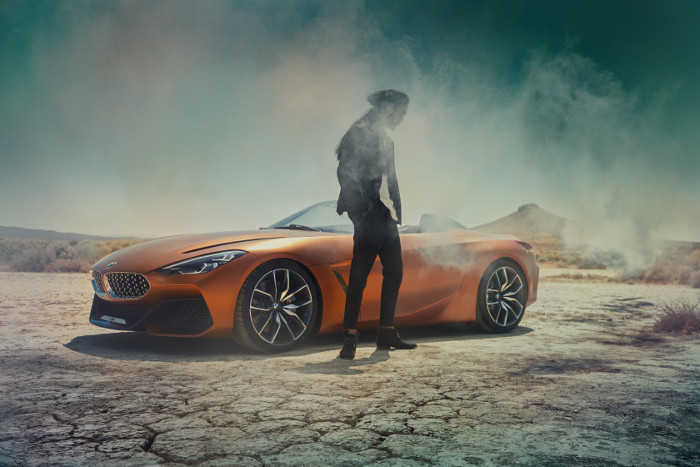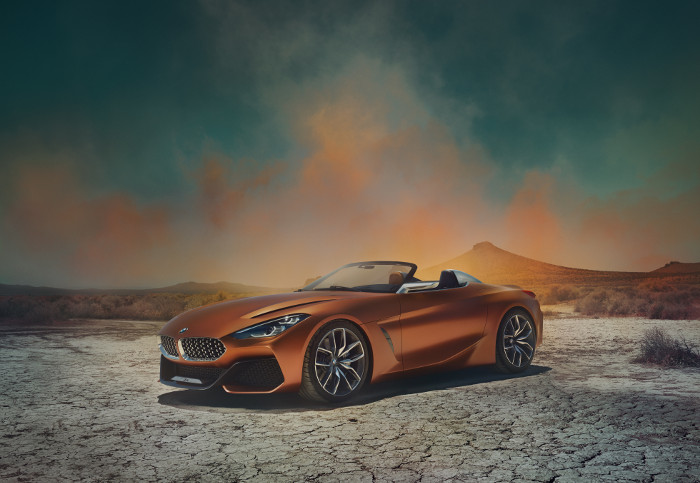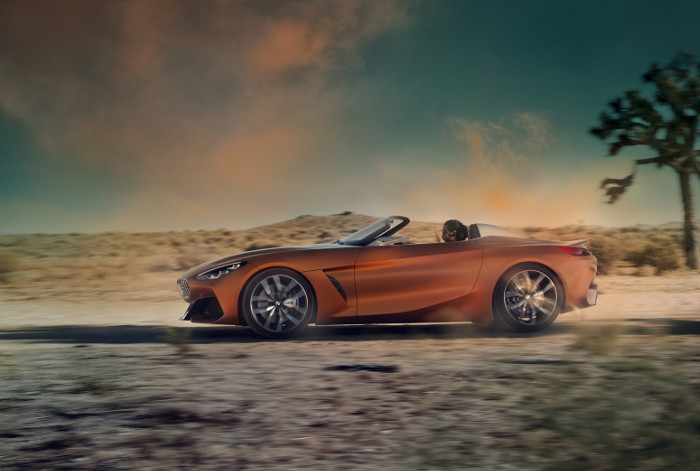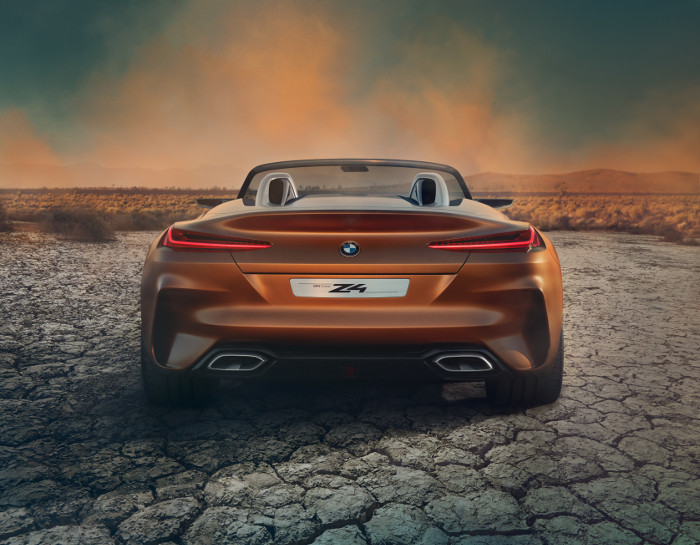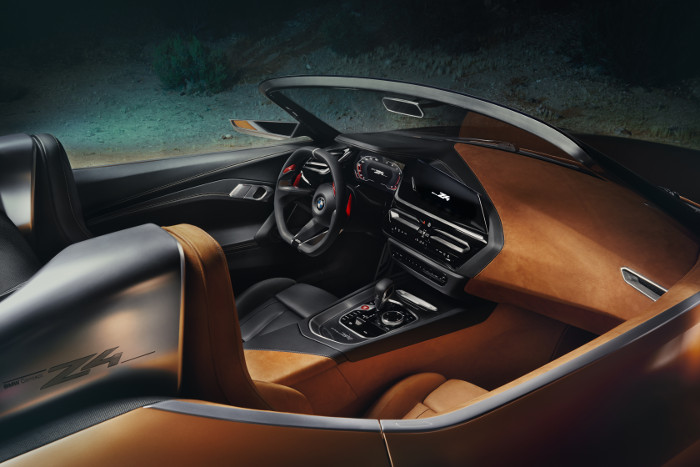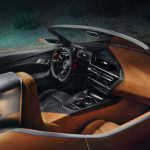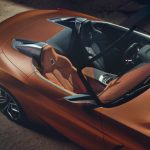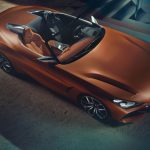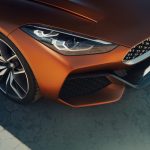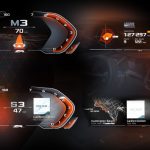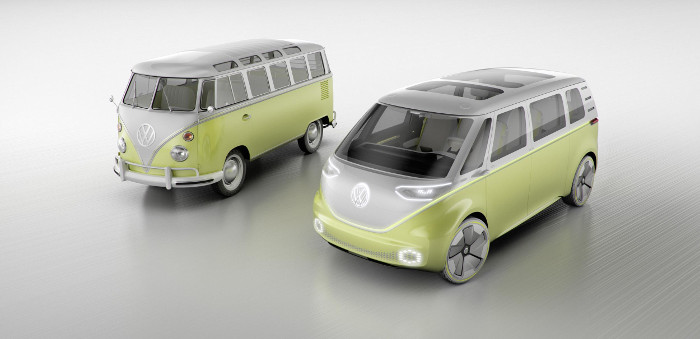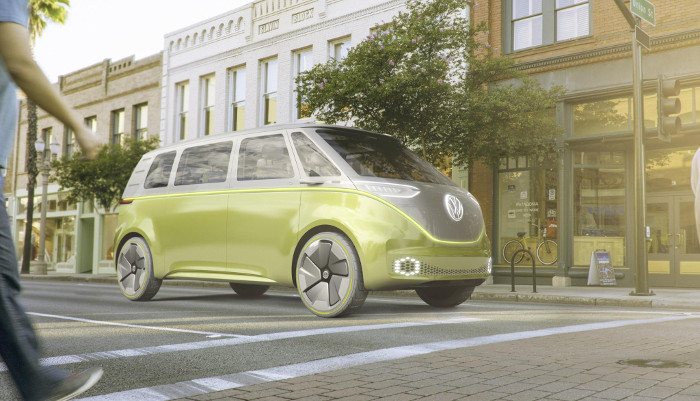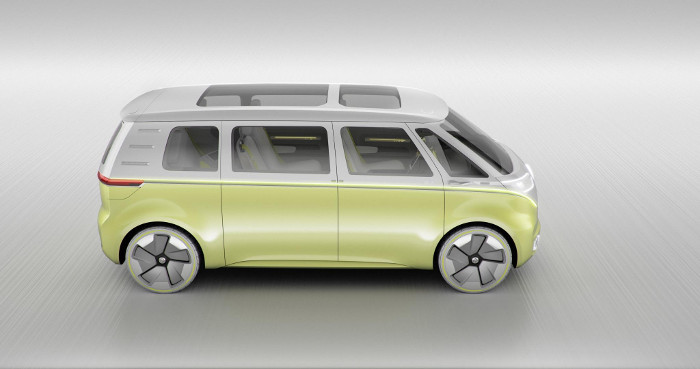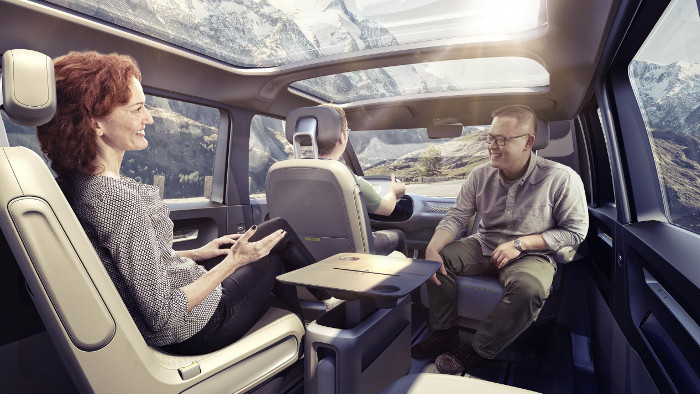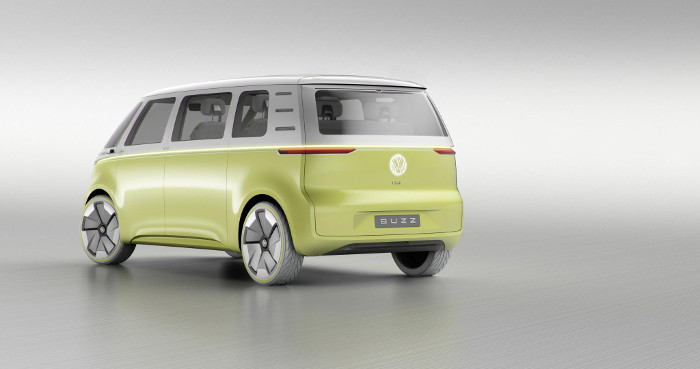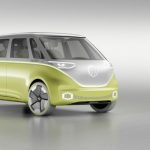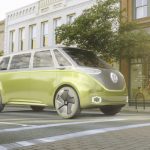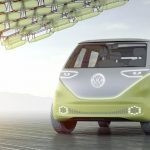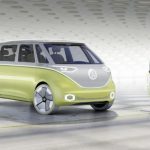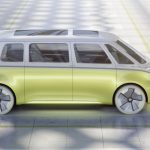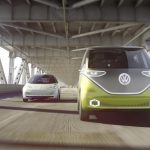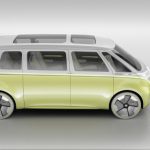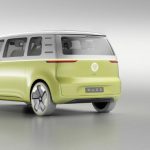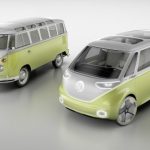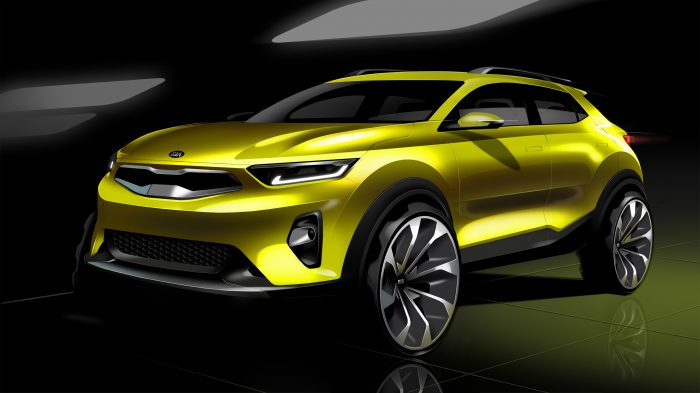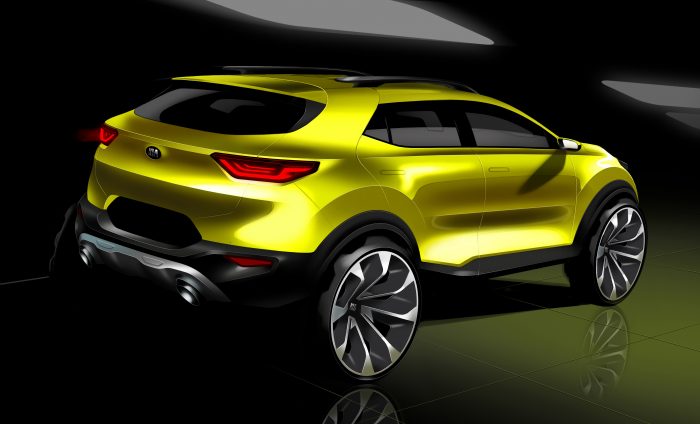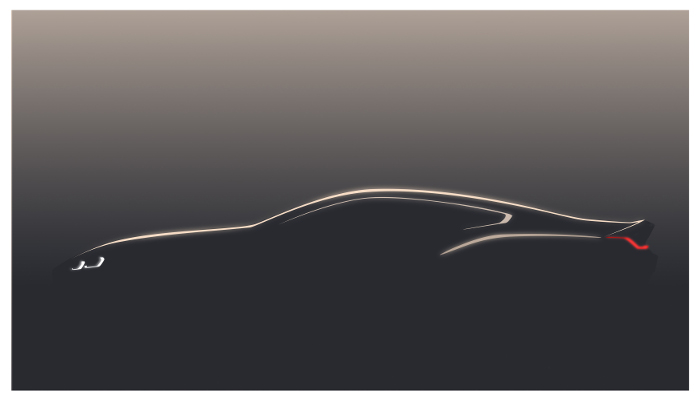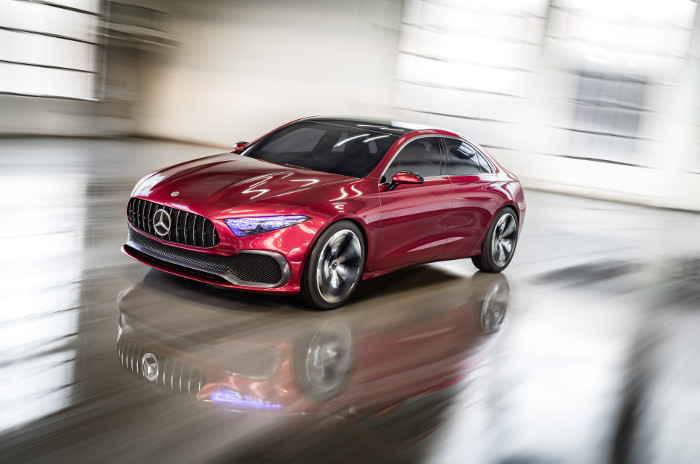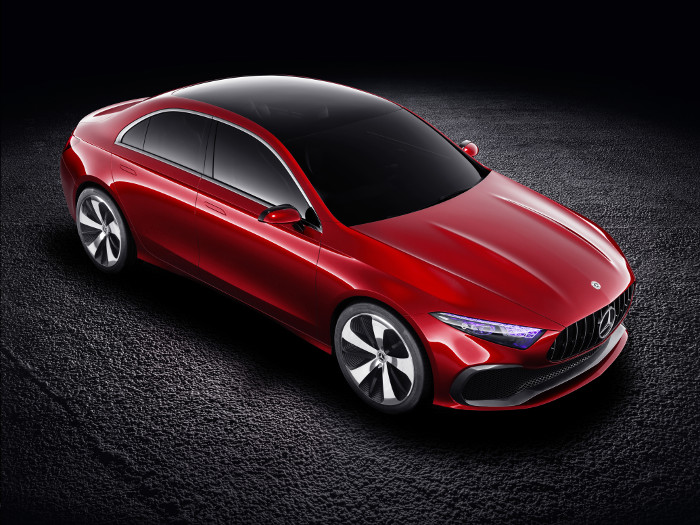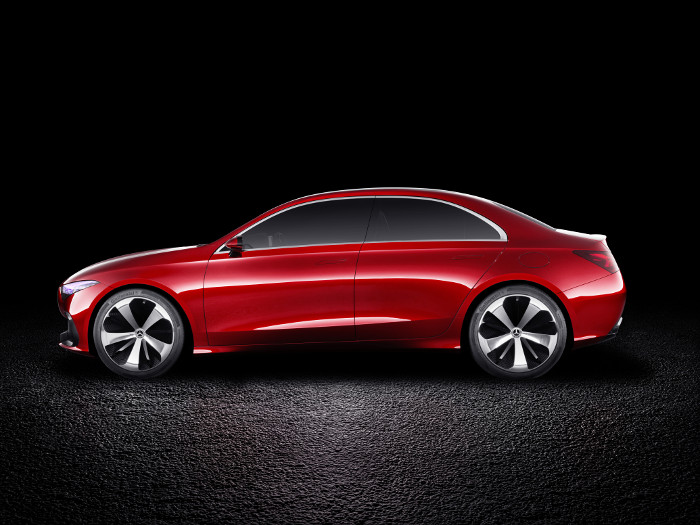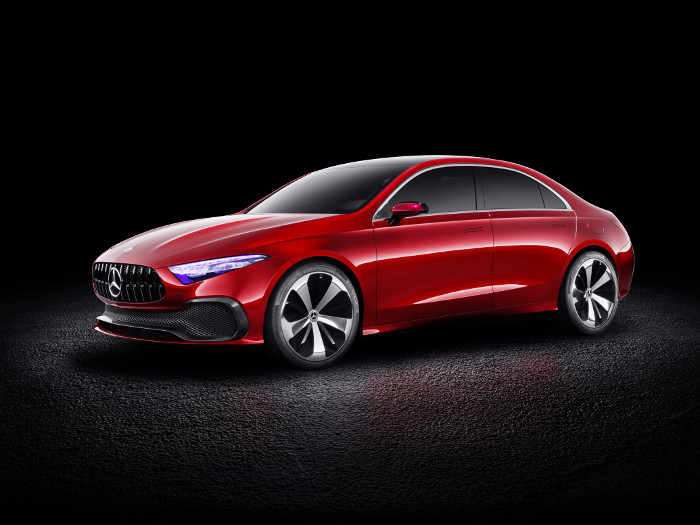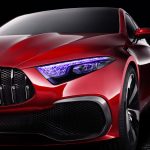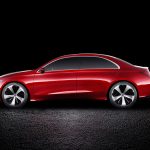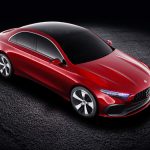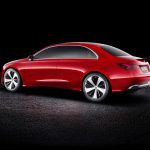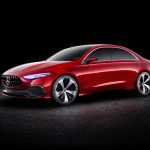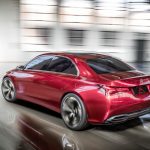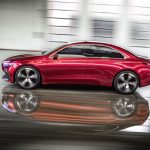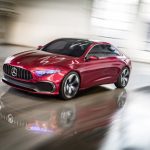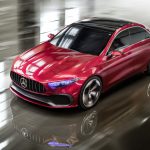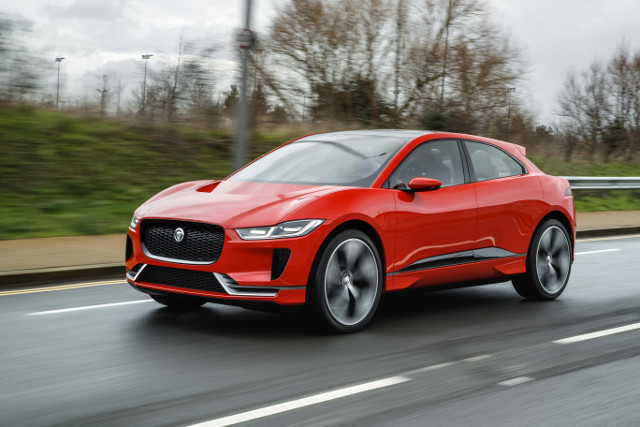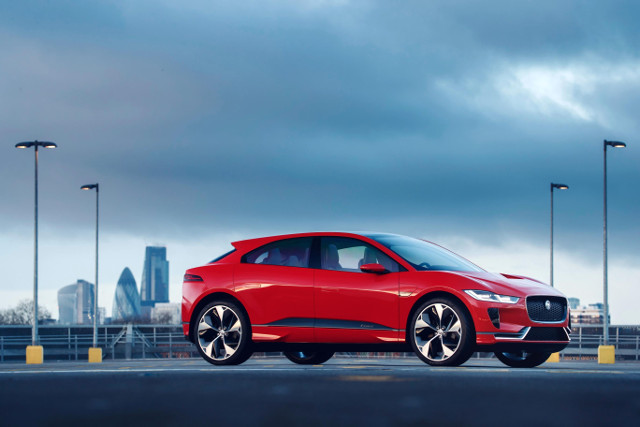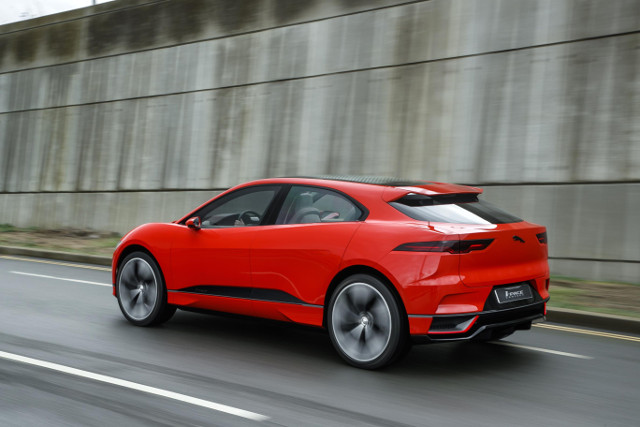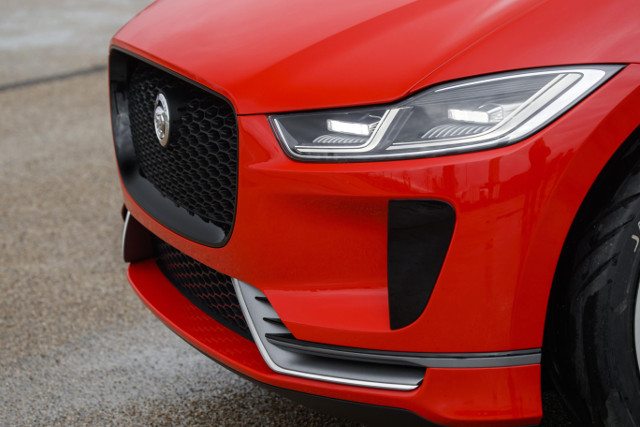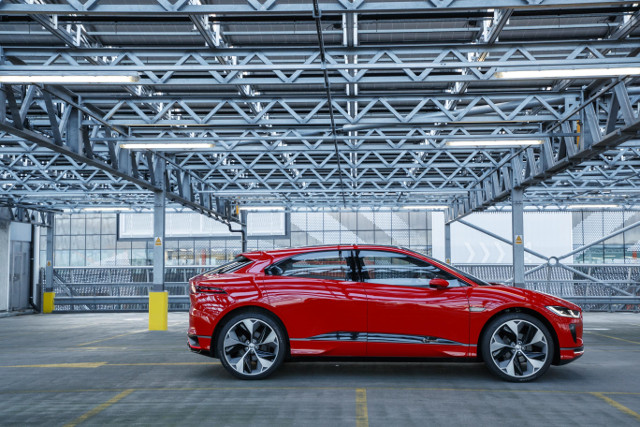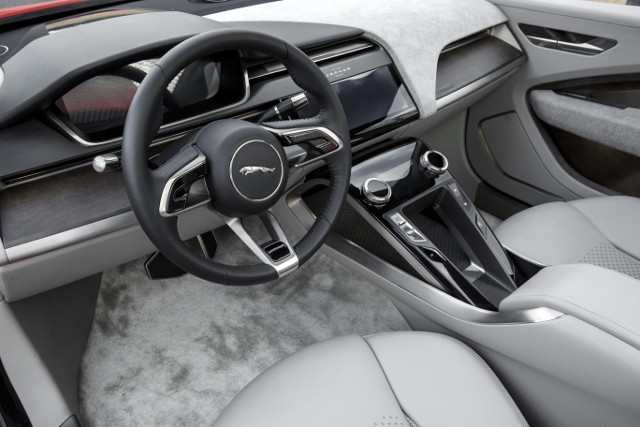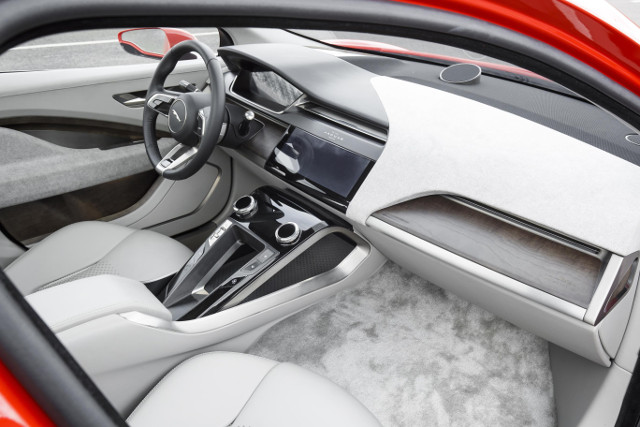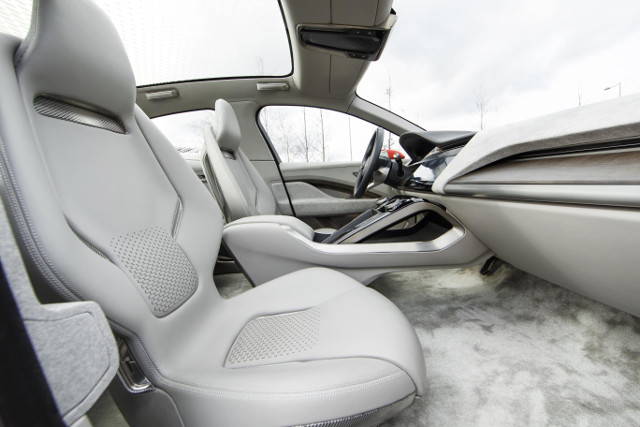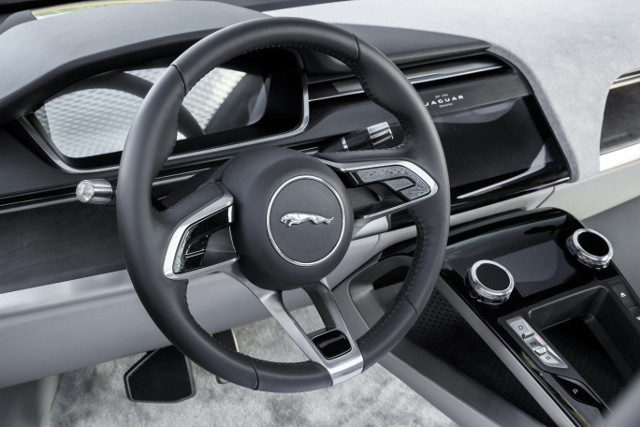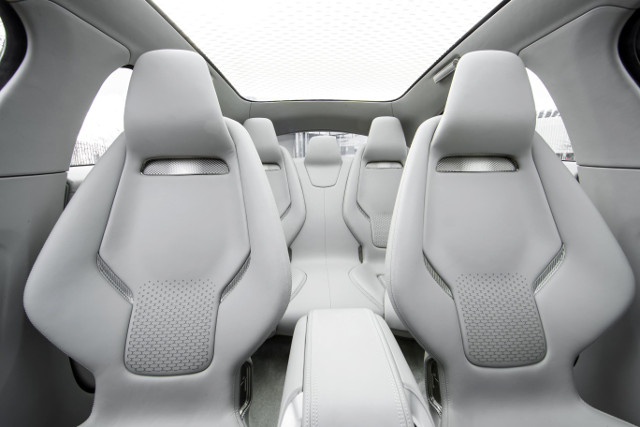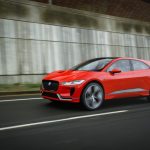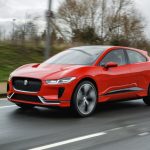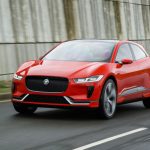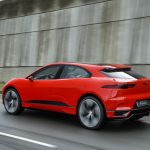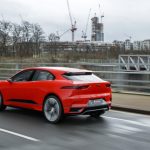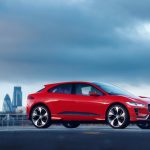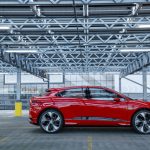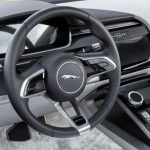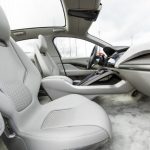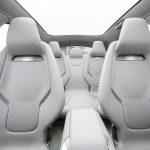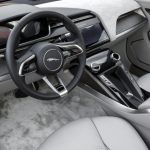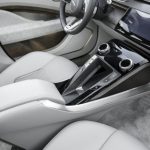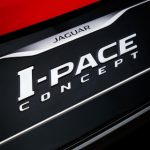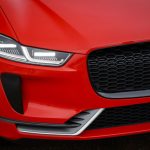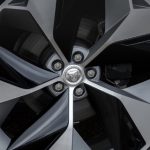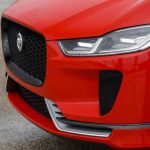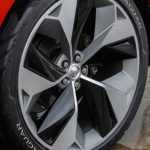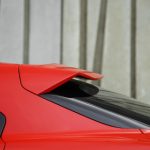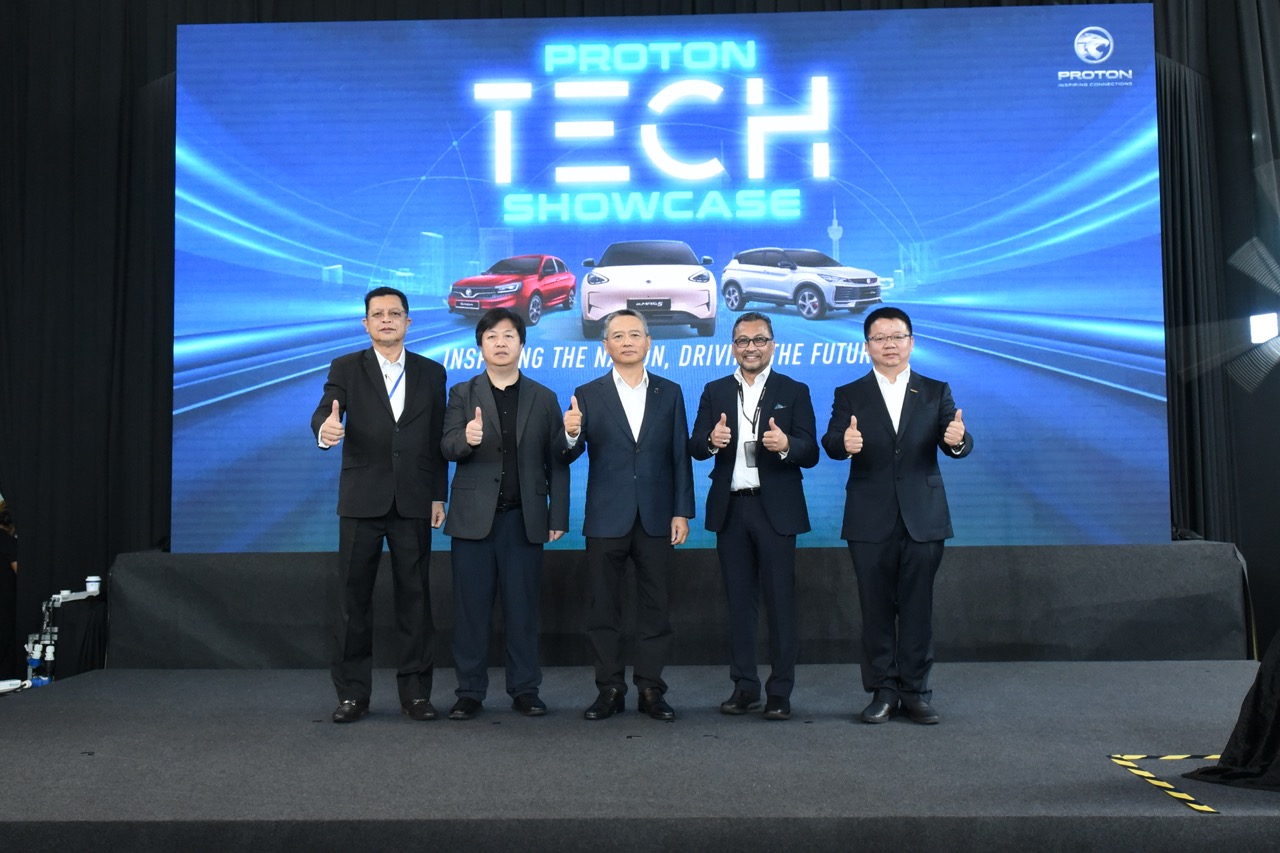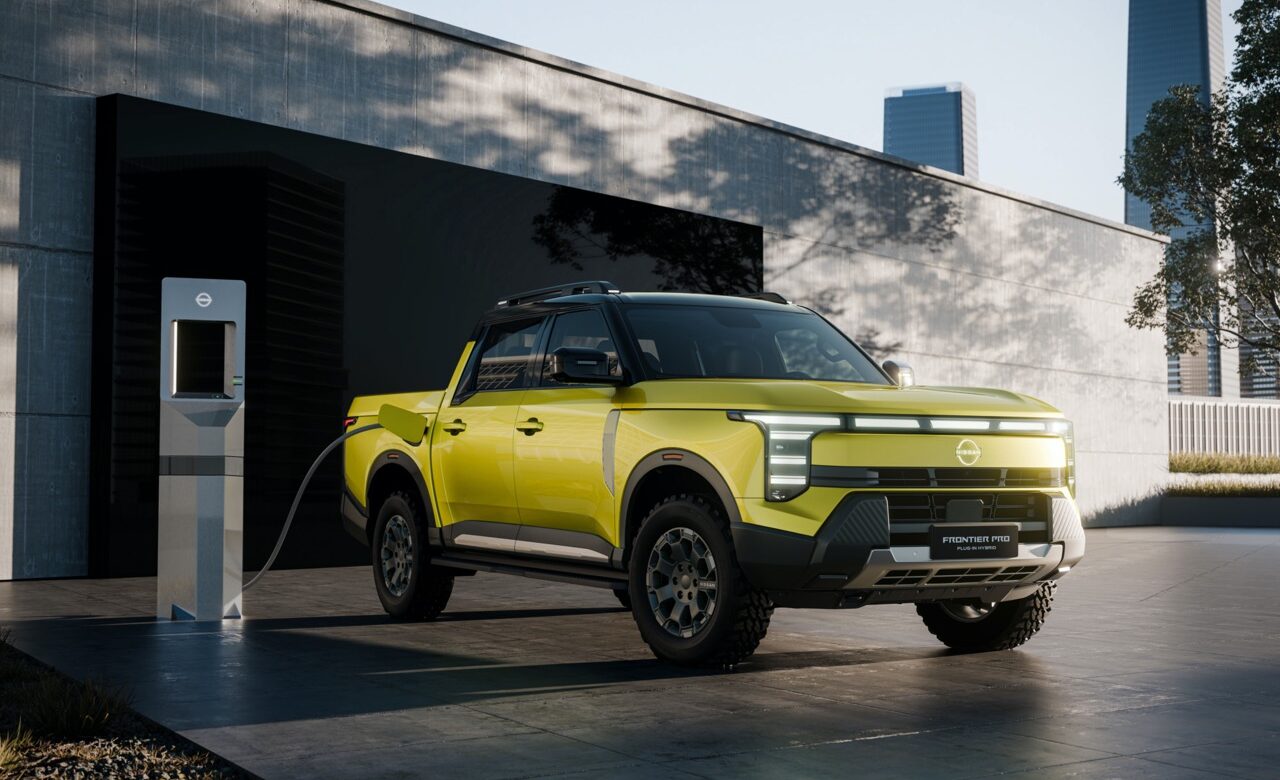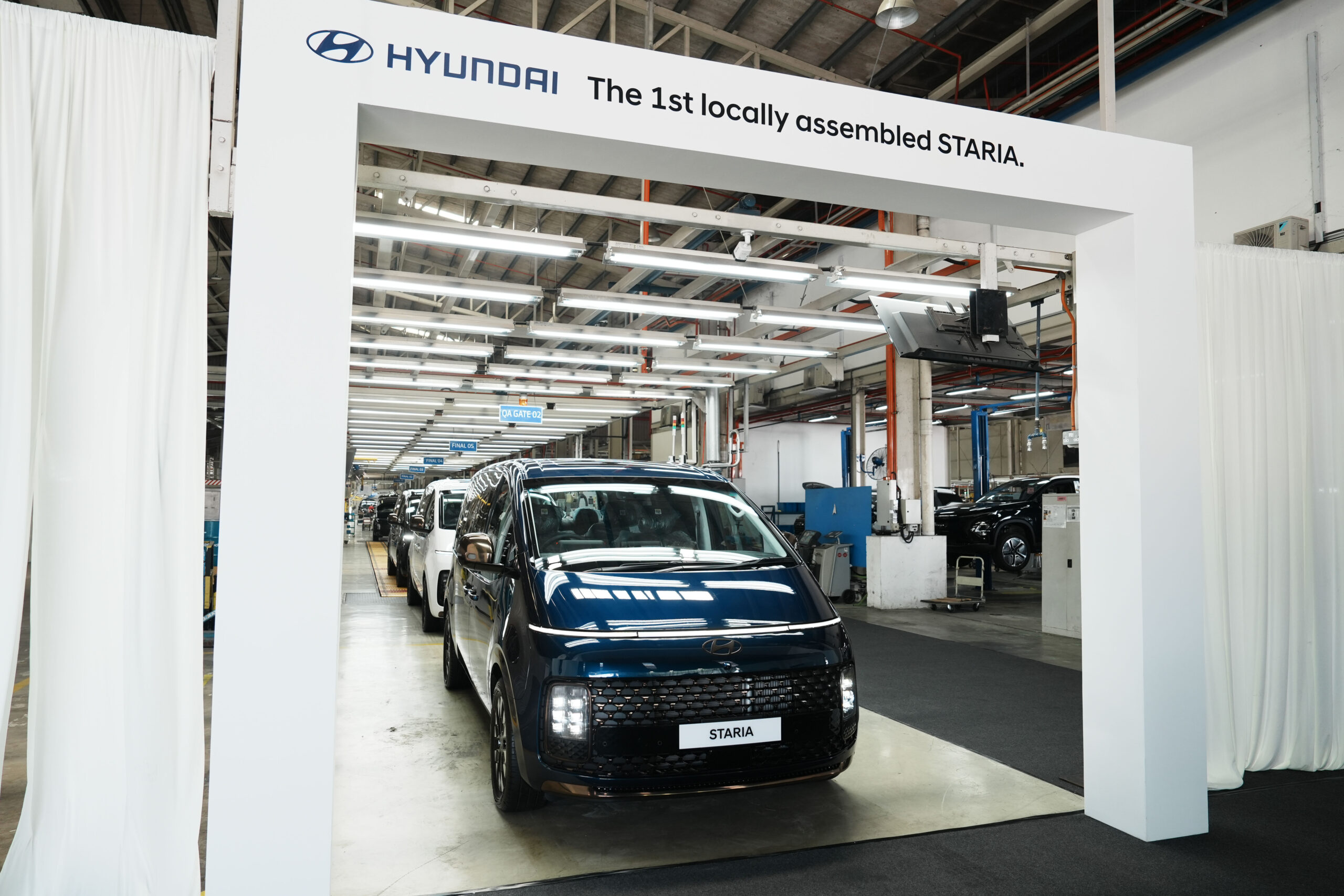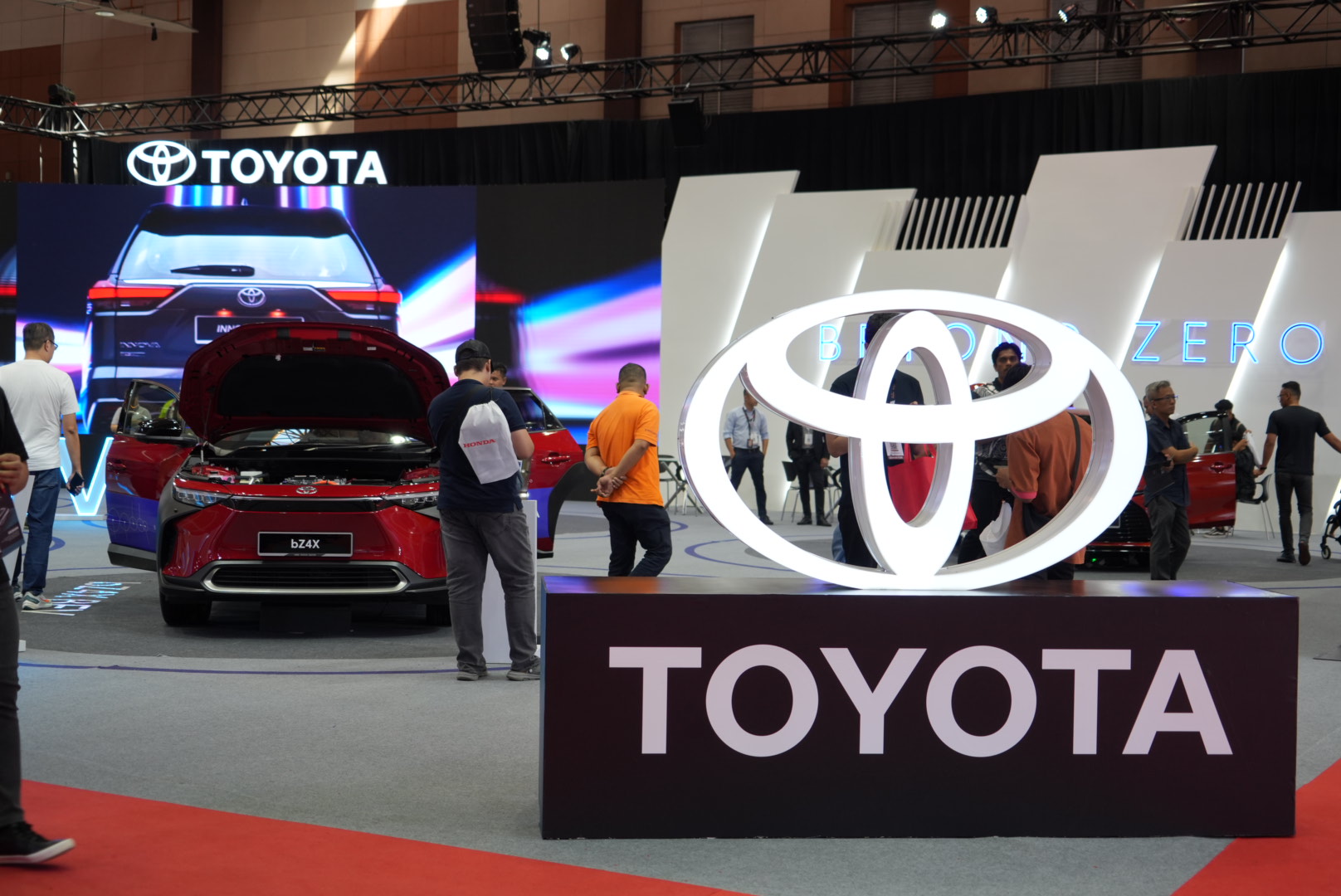Throughout the course of the year, Bentley Motors has been celebrating its 100th birthday, building up to a climax which presents its vision of the future of luxury mobility. That vision was finally revealed yesterday in 3-dimensional form as the Bentley EXP 100 GT. It is a physical embodiment of the future Bentley brand, reimagining Grand Touring for the future.
Designed from the inside out and taking advantage of a brand new all-electric platform, the EXP 100 GT reimagines the Grand Tourer for the world of 2035. The cars’ presence and impressive exterior proportions are reminiscent of many of Bentley’s historic Grand Tourers but take these luxury hallmarks into the future. The result is a future vision commensurate with Bentley’s status, assuring its clientele that they will continue to enjoy superlative luxury.
Sustainable innovation
Sustainable innovation is also at the heart of the EXP 100 GT experience. The car is engineered to create a greater awareness of the world outside, with an intelligently-curated collection of materials including 5,000 year old Copper Infused Riverwood; Compass exterior paint made from recycled rice husks; 100% organic leather-like textile from wine making; British Farmed Wool carpets and embroidered cotton interior surfaces which all create sustainable future luxury, adding to the enhanced reality of the grand touring car of the future.
Made from lightweight aluminium and carbonfibre, the EXP 100 GT is 5.8 metres long and almost 2.4 metres wide. The driver and passenger doors are 2 metres wide and pivot outwards and upwards for effortless access. Fully open, they rise to almost 3 metres, adding to the sense of occasion on arrival.
For this concept car (and it is just a concept), the exterior paint colour known as Compass is created using a special Colourstream pigment that reflects a beautiful spectrum of autumnal colours and is both sustainable and environmentally friendly. The pigment is synthetically made using rice husk ash, a harmful bi-product of the rice industry, remanufactured for the EXP 100 GT to reduce the amount that ends up in landfill waste.
New benchmark for luxury interiors
Imperceptible joins between different materials such as wood, leather and wool allow an overall design motif to flow across all these surfaces. The materials are brought together by design, a seamless blend of patterns and forms, textures and colours. Glass flows into metal, into wood and into leather.
Light is core to life and in the EXP 100 GT, it is harvested from the surrounding environment via an innovative glass roof embedded with prisms that collect light and transfer it into the cabin using fibre optics. The use of harvested natural light and synthesised light offers a new approach to enhancing wellness on board.
The Bentley Personal Assistant is a centre piece of the main console and visualised using illuminated crystal. Ambient lighting can also be modified to recreate a specific mood or exterior environment, while additional effects are delivered through projection mapping onto trim panels, such as door pads.
Intelligent, Adaptable Biometric Seating can be configured in three different ways, depending on whether the owner is driving or using autonomous mode. Biometric sensors monitor temperature, passenger position and environmental conditions to deliver the ultimate in comfort, whatever the conditions.
The Air Purification System purifies air supplied into the cabin, with deployable air vents on the rear passenger shelf and static vents on the front passenger panel. The vents undulate giving the appearance that the car is breathing and alive. Meanwhile, carbon dioxide levels in the cabin are constantly monitored to maintain air quality.
As well as capturing exterior scents, Bentley has developed a unique scent for the EXP 100 GT. Created in collaboration with ethically-aware fragrance house 12.29, it builds on the rich heritage of Bentley, incorporating sandalwood and fresh moss.
Performance & Technology
Sustainable and intelligent, a battery electric powertrain, with intelligent power and charge management, will ensure that the EXP 100 GT is as powerful and exciting as its conventional predecessors. Next Generation Traction Drive will enable maximum control via torque vectoring, applying 50% increased power and 35% less mass for more effective cornering. The battery system will power 4 motors generating 1,500 Nm of torque that are projected to enable a 0 – 100 km/h time of less than 2.5 seconds, a top speed of 300 km/h.
Future battery technology is expected to offer 5 times the conventional energy density, and recharging to 80% of capacity should take only 15 minutes. By then, a range of 700 kms is likely to be possible on a fully charged battery pack.
The EXP 100 GT can be optionally autonomous. It will manage the driving experience based on the external environment and passenger well-being. This might include maximising an exhilarating self-drive across mountain roads, or disengaging from a stressful, inner-city commute.
Key to this are a range of features based on passenger well-being and comfort. These include Active Aero Wheels that dynamically adjust to deliver efficiency or maximum performance feel; Intelligent Pirelli Tyres that adapt their contact patches based on weather conditions or driver demand; Adaptable Biometric Seating that adapts to the driver mode, or swivels rearward with the steering wheel retracted away in autonomous mode.
Speaking at the unveiling of the car yesterday, Adrian Hallmark, Bentley Chairman and CEO, said: “Today, on our Centenary, we demonstrate our vision of the future of our Marque, with the Bentley EXP 100 GT – a modern and definitive Grand Tourer designed to demonstrate that the future of luxury mobility is as inspirational and aspirational as the last 100 years. Bentley has, and will continue to enhance and enrich every single journey and the lives of every single person who travels in, or has the honour to be a part of creating our extraordinary products.”

